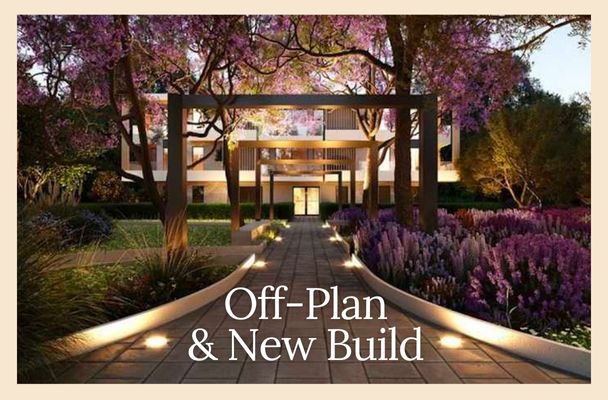The Oldest Chateaux in France
Originally posted on & updated on 16th March, 2025
France has a vibrant past and history, and its chateaux are a testament to that past. Among the 40,000 or so chateaux scattered throughout the country, two stand out as the oldest of them all; Chateau de Langeais and Château de Thil.
These magnificent castles have stood the test of time and offer a glimpse into the lives of the people who lived and ruled in them centuries ago. In this blog article, we will explore the history and architecture of these two chateaux and discover what makes them such important landmarks in French history.
Chateau de Langeais
Chateau de Langeais, located in the heart of the Loire Valley, is a remarkable piece of the country’s history. It is the oldest keep in France, dating back to the end of the 10th century, and has witnessed some of the most significant events in French history. In this blog post, we will look at the fascinating history of this Chateau, its architectural evolution, and its importance in French culture.
The Early History
Chateau de Langeais was initially part of a medieval castle built between 992 and 994 by Fulk Nerra, an early Count of Anjou. Fulk Nerra was renowned as one of the first great builders of medieval castles and abbeys across the Loire Valley. He was also an illustrious warrior and strategist. Under the reign of Plantagenet, the dynasty descended from Geoffrey II, the Count of Gatinais, and his wife Ermengarde of Anjou, and the castle was enlarged. It was further extended by Richard The Lion Heart (Richard I of England) between 1189 and 1199.
Destruction and Rebirth
The castle was reconquered in 1206 by Philip II of France (Philippe Augustus) but was destroyed during the Hundred Years’ War. In 1465, Louis XI commissioned the construction of the second Chateau below the vestiges of the ancient edifice. The new castle was finished in 1469. One of the most remarkable events held (during peacetime) in the Chateau was the marriage of Anne Brittany to King Charles VIII on December 6, 1491. This marriage ended the independence of the Duchy of Brittany and sealed the permanent union of Brittany and France. The castle was abandoned during the French Révolution.
Restoration and Preservation
In 1886, Jacques Siegfried bought Chateau de Langeais and began a restoration program. He installed an outstanding collection of tapestries and furnishings and bequeathed the château to the Institute de France, which still owns it today. Since 1922, the Chateau de Langeais has been listed as a historic monument by the French Ministry of Culture and has been opened to the public. The parts of the park and gardens around the ancient ruins and up to the bridge have been listed since 1942.
For more information on the Chateau and its opening hours, visit the official website of Chateau de Langeais.
Château de Thil
Château de Thil is also one of the oldest castles in France, dating back to the 11th century. It is located in the village of Vic-sous-Thil in the Côte-d’Or department of the Burgundy region. The castle was built by the powerful lords of Thil, vassals of the Dukes of Burgundy.
Romanesque Style
The castle is perched on a rocky outcrop and features a large keep, the oldest part of the castle, and several other buildings and towers that were added over the centuries. The keep is an impressive example of Romanesque architecture, with thick walls and narrow windows.
Surviving Wars and Revolutions
Over the years, the castle has been damaged and rebuilt several times, most notably during the Hundred Years’ War and the French Revolution. Today, it is privately owned and is not open to the public, but it can be viewed from the outside.
Must Visit French Chateaux
Both Chateau de Langeais and Château de Thil are testaments to France’s rich history and cultural heritage. Their stunning architecture, fascinating history, and beautiful surroundings make them a must-visit destination for anyone interested in French history and culture.
More Than Just History
Owning a château means more than just possessing a title and a piece of history. It’s about creating a legacy for your family that can last generations. These ancient properties are not only historical treasures, but they also present good investment opportunities. The demand for châteaux for staying or hosting events such as weddings continuously increases, making them potentially profitable and exciting ventures. Discover our article about the history and legacy of owning a French Chateao or Estate which includes a short video from our YouTube channel.
Chateaux and Castles for Sale
Discover our collection of chateaux and historic real estate in France, and contact us to tell us about your project and timeline. We may have an “off-market” opportunity that we cannot publish on the website, and it may be perfect for you.

